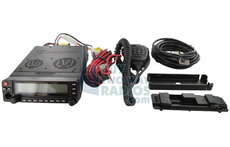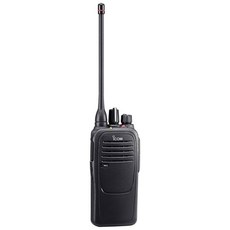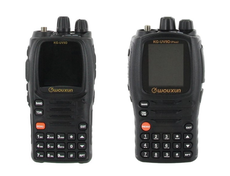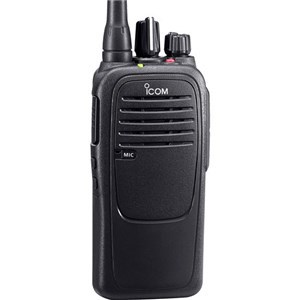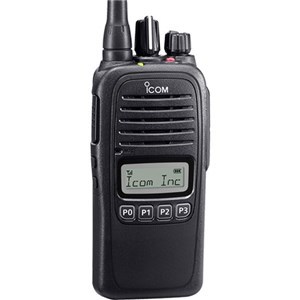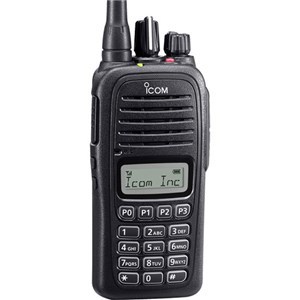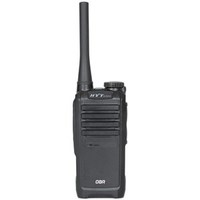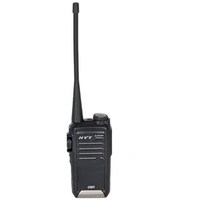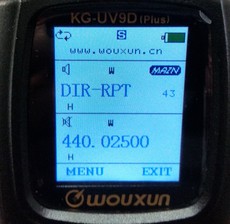You put your two way radio or its battery pack in the charger at the end of the day, expecting it to be fully charged and ready to use again the next morning. But when you take it out of the charger and turn the radio on, either it doesn't power up at all or the battery dies out as soon as you press the PTT button to transmit. What do you do?
First, don't panic. There are a number of possible reasons why the battery isn't charged, and believe it or not, a few of them are quite common causes that are surprisingly simple to resolve. The other possibilities, well, they may require a different resolution. Either way, before you start bashing batteries, cursing chargers or talking to tech support, try these simple troubleshooting steps to find out what is really going on. It may save you a lot of time, expense and frustration.
Step 1. Check the connections.
It may seem improbable, but the stability of any power connection is limited by its weakest link. Check the contacts and terminals for dirt, oils, corrosion, excessive wear or anything that can hamper a good, stable connection. This includes the battery contacts on the radio, in the charger, and on the battery itself.
Step 2. Reseat the battery in the radio.
It seems unlikely, but it happens. Some radios require a tight fit with the battery and may seem attached when they are not fully locked in place. Make sure the battery is seated properly and the battery pack locks firmly in place when attaching it to the radio.
Step 3. Verify you are using the correct battery charger.
Yes, this happens too, particularly when using a mix of different radios from the same manufacturer, and it happens a lot more often than you might think. Using the wrong charger can not only prevent your radio and/or battery from charging properly, it could damage your equipment. It can also be potentially dangerous.
- If the charger you are using does not match your specific model radio and battery, find the charger that does and skip to Step 8.
- If you are using the correct charger, proceed to Step 4.
Step 4. Check to be sure the charger is plugged in and turned on.
Sound silly, doesn't it? Well, it isn't really, because it does happen. It's one of the easiest mistakes to make when charging a fleet of batteries and one of the simplest to resolve.
- If the charger is connected to an approved, working power source, proceed to Step 5.
- If the charger is plugged in and turned on, but there is no power, try it in another verified, working power source or outlet in another location and on a different circuit.
- If the charger still doesn't power on when connected to the other source, skip to Step 6.
Step 5. Reseat the radio or battery in the charger.
Sometimes a radio or battery seems like it's connected to the charger when it's not making contact at all. If it is a drop-in or desktop charger with a pocket or tray, the radio and/or battery may be able to sit in the tray without actually touching the contacts. If it is a plug-in type of charger, the plug may not be fully inserted. Be sure the radio/battery is properly seated or fully connected and the charging indicator light is on.
- If the radio/battery is in full contact with the charger and seems to be charging, skip to Step 8.
- if the radio/battery is in full contact with the charger and is not charging, go to Step 6.
Step 6. Charge another radio/battery of the same make and model in the charger.
Determine if the issue is really with the radio or battery pack.
- If another battery of the same type and model charges, the charger is working. Skip to Step 8.
- If another battery of the same type and model does not charge, go to Step 7.
Step 7. Swap out the charger.
Sometimes a dead battery is the result of a dead charger.
- Plug another charger into the same power source. If another charger powers on when connected to the power source, the charger you are troubleshooting may need to be replaced.
- If you don't have another charger, it will most likely need to be replaced. If it is still under warranty, contact the manufacturer. If not, contact us to find the correct replacement charger for your two way radio.
Step 8. Charge the radio/battery again.
Just to be sure, give it another chance.
- If the battery charges, the issue is resolved.
- If the battery charges, but charge is weak or the battery does not hold the charge, the battery has likely reached its EOL, or End of Life.
- If the battery does not charge, battery may be defective or has reached its End of Life.
Every battery has a limited life span determined by a number of different factors, including but not limited to how and where it is used, how much it is used and under what conditions. There is no set time table before a battery "kicks the bucket". As a general rule, the average lifespan can range from one to three years or more. If your battery has reached its End of Life, it's time to purchase a new one.
Better yet, to avoid the sudden surprise or next day discovery that your two way radio battery has reached the end of the road, and at the moment you need it the most, have a couple of spare battery packs charged and at the ready for a quick and easy swap. A spare charger may also be good to have on hand, just in case.





